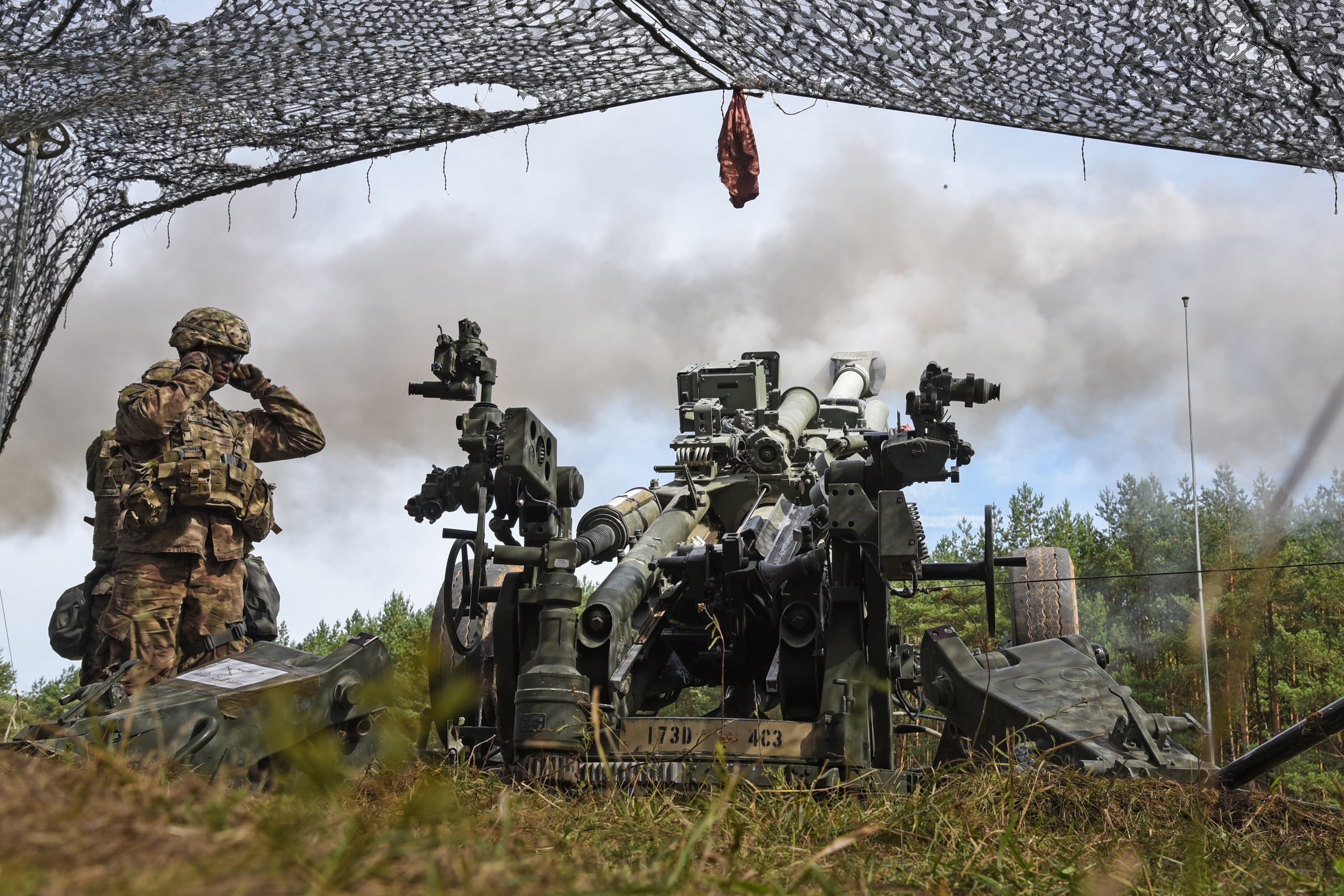WASHINGTON — Six months into the job, the head of the U.S. Army’s Rapid Capabilities Office is leaving to join the F-35 Joint Program Office as its top civilian.
Tanya Skeen is set to take on the role of the F-35 JPO’s executive director early next year, when the current director, Todd Mellon, vacates the position, confirmed F-35 JPO spokesman Joe DellaVedova.
As the executive officer, Skeen will work with the two uniformed program heads — Navy Vice Adm. Mat Winter, the program executive officer, and his deputy, Air Force Maj. Gen. Eric Fick — to purchase the Joint Strike Fighter on behalf of the U.S. military and international F-35 customers.
Skeen took on the Army RCO job in April, but in half a year realigned the office with the priorities of the new Army Futures Command — a transformation that expanded the role of the organization within the service. Her successor has not been named, and it is unclear whether the new RCO head will pursue the same ambitious agenda.
“The Army is grateful for the service of Ms. Tanya Skeen, who has done an outstanding job during her tenure as the executive director of the Army Rapid Capabilities Office," said Bruce Jette, the Army’s acquisition executive. "Army leadership is working to fill the executive director position as soon as possible. The RCO will continue to be instrumental in delivering rapid solutions in the Army’s critical capability areas, including long-range precision fires, electronic warfare, cyber, counter-UAS and other priority projects.”
RELATED

Skeen will assume the role of executive director during a pivotal time in the F-35 program, as the program office juggles its goal to reduce the price of the conventional F-35A model to $80 million by 2020 with the parallel efforts of driving down sustainment costs and correcting ongoing technical problems.
RELATED

She brings with her experience with the F-35, albeit at a much different stage of the program. According to her Air Force biography, Skeen worked for Lockheed Martin from 1996-2000 on the flight controls, aerodynamics and propulsion design of the X-35 — the demonstrator aircraft that eventually beat out Boeing’s X-32 to win the Joint Strike Fighter program.
Skeen joined the private sector in 1995 after serving in the Navy, where she held the positions of technical instructor and assistant director at Naval Nuclear Power Training Command. She received her commission in 1990.
Prior to joining the Army’s RCO, Skeen oversaw Air Force operational testing as the service’s deputy director of test and evaluation. She also worked for the Air Force’s Rapid Capabilities Office as its program executive officer chief engineer from 2009-2014.
Earlier this month, Skeen told Defense News that the time had come to realign the Army RCO with the service’s major modernization priorities instead of focusing on the electronic warfare; precision, navigation and timing; and cyber problems that were originally the organization’s bread and butter.
“The Army needs more out of its RCO. It needs to cover the full expanse of the modernization priorities,” she said.
Defense News land warfare reporter Jen Judson and C4ISRNET reporter Mark Pomerleau contributed to this story.
Valerie Insinna is Defense News' air warfare reporter. She previously worked the Navy/congressional beats for Defense Daily, which followed almost three years as a staff writer for National Defense Magazine. Prior to that, she worked as an editorial assistant for the Tokyo Shimbun’s Washington bureau.







